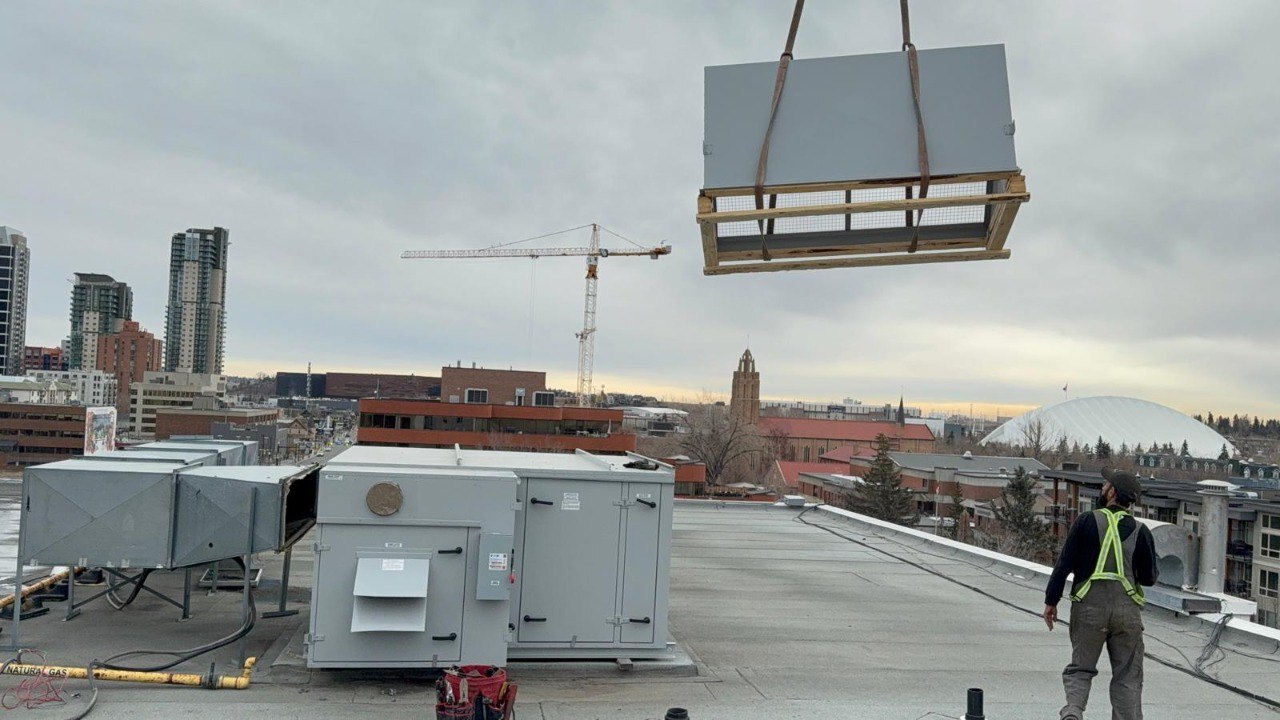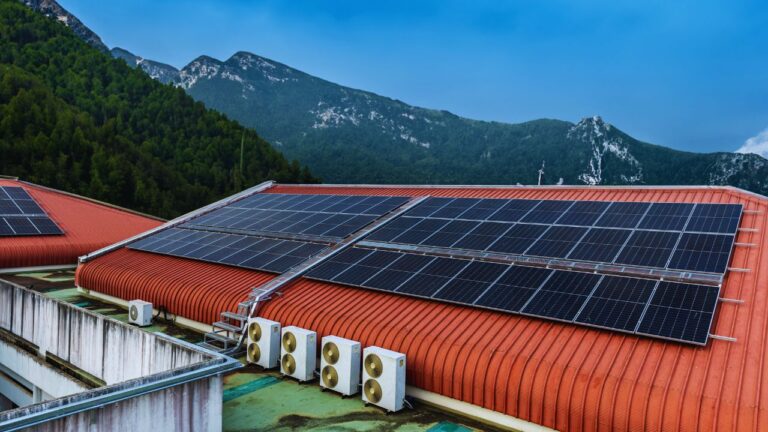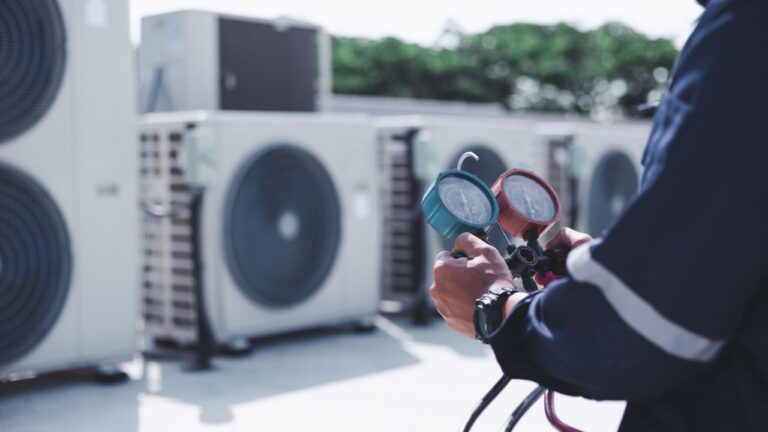Let me paint a picture.
You’re running a large commercial facility. From the outside, everything looks fine. But on the inside, the air feels wrong.
It’s not something you can point at directly, no smoke, no bad smells. Just a constant sense that the air is stale, the temperatures don’t make sense, and no one really feels comfortable.
That was the situation when Dapre got the call.
What We Walked Into
The client was dealing with three big problems:
- Poor indoor air and stuffy ventilation
- Temperature swings during hot seasons that made working inside feel brutal
- And the big one; they were literally paying for fire watchers to be on-site 24/7 because their old system didn’t meet code
When ventilation issues reach the point where you’re budgeting for humans to guard against fire risks… it’s beyond just a mechanical problem. That’s a safety and compliance issue costing thousands.
What they needed wasn’t just a new unit. They needed a system that could think for itself, one that could manage fresh air, cooling, and performance automatically, without anyone having to constantly check on it.
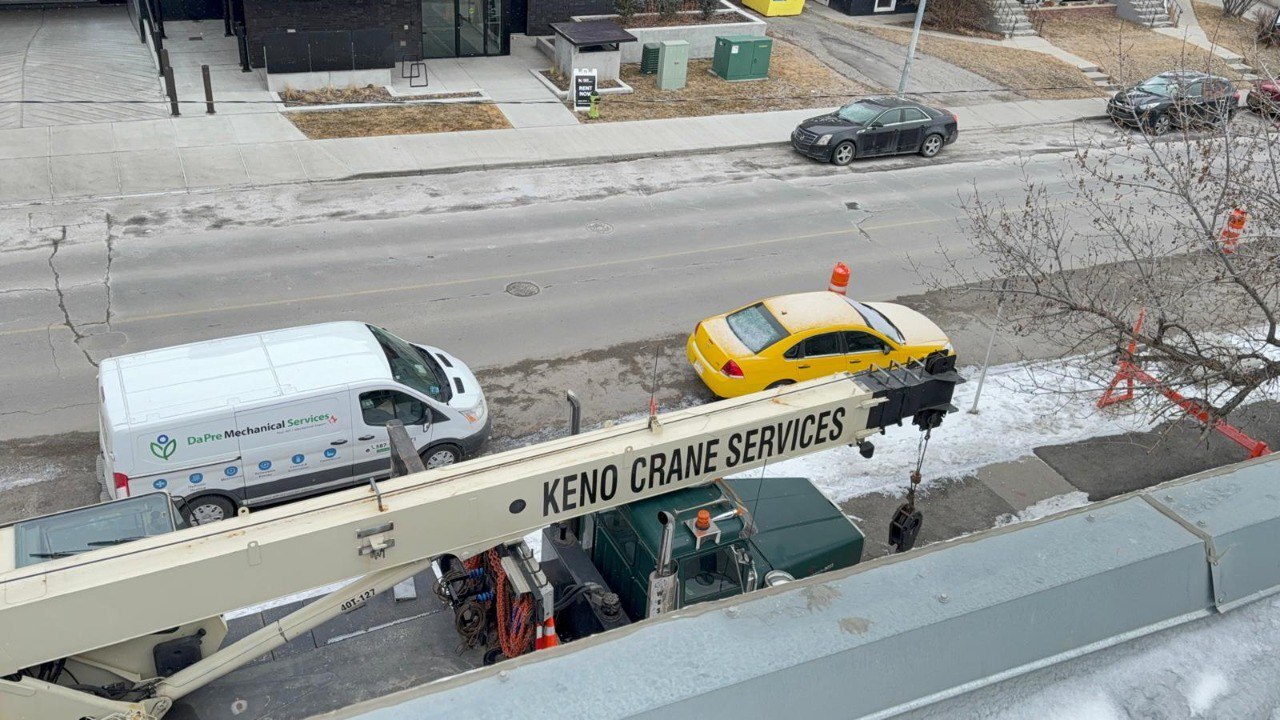
The Fix: A Smarter Way to Breathe
We spent April to June overhauling the building’s entire air system. The two main parts of the solution:
- A make-up air (MUA) unit; think of this as a huge lung that brings in fresh air from outside, warms or cools it to the right level, and pushes it throughout the building.
- A cooling unit (outdoor condenser); this handles the actual air-conditioning, keeping the temperature stable in warm seasons.
Put together, these two machines now bring in 15,000 cubic feet of fresh air per minute, cool it down using refrigerant (R-410A), and send it flowing through every duct like it’s meant to be there.
What this means in real terms:
→ The building gets a constant stream of clean, fresh, cool air
→ Temperatures stay steady, no more hot spots or freezing corners
→ Everything runs automatically; It reads the room (literally) and adjusts to outside weather without needing someone or anyone to hit switches
It Wasn’t Just Plug-and-Play
This job wasn’t simple. It involved:
- Coordinating a crane to lift massive equipment onto the site
- Making structural changes (cutting wall openings, rigging, sealing)
- Installing gas lines, electrical wiring, and drainage systems
- Connecting to existing ducts that didn’t line up the way we expected
- And running test after test to make sure airflow and cooling levels were perfect
We even had weather delays that pushed the crane schedule. We had to modify duct angles when the system didn’t align like the drawings said it would. And once everything was in, we still had to fine-tune how fast air moved through each part of the building.
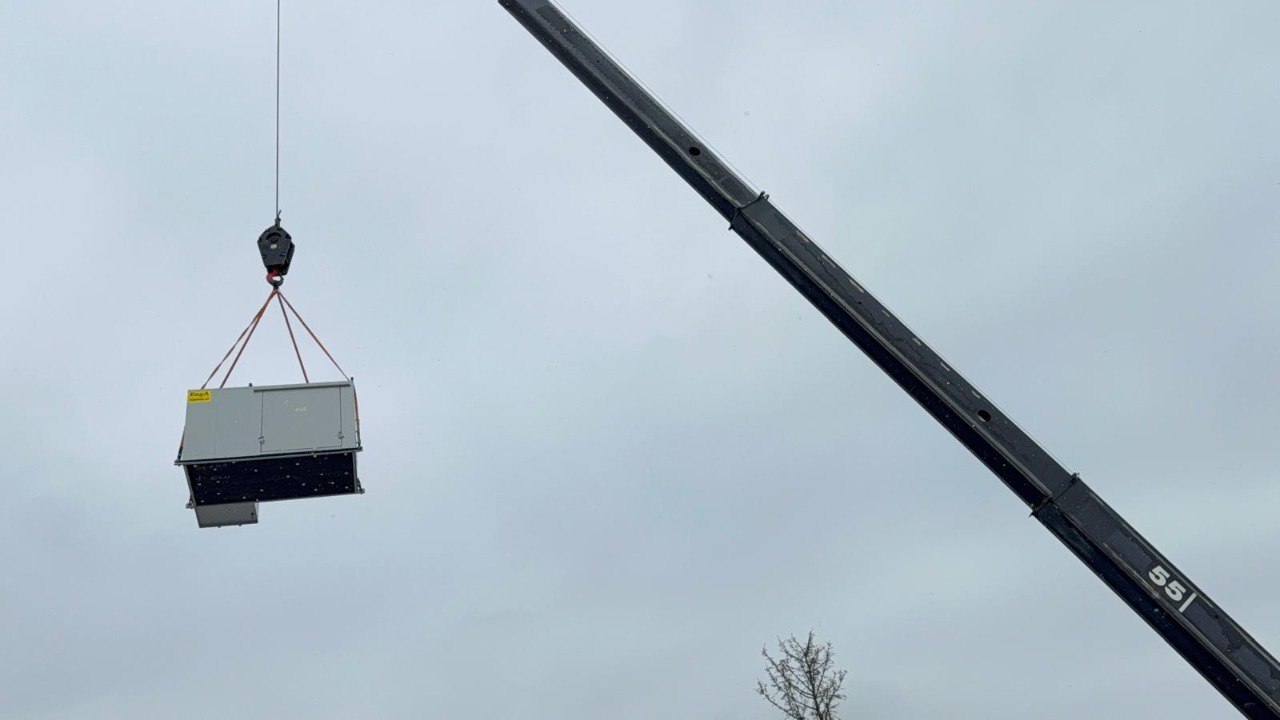
The Details That Most People Will Never See
The part nobody thinks about, and honestly shouldn’t have to, are the small decisions that make a big system feel effortless.
- We added hidden valves in the branches of the ductwork to balance airflow. Without those, some rooms would be freezing while others would barely get air.
- We installed smart controls that sense both indoor and outdoor conditions. If the building starts getting too warm, the system fires up cooling without anyone touching a thing.
- The refrigerant charge had to be exactly right, not too much and not too little, so the cooling works efficiently without straining the equipment.
- We logged every single data point during startup: blower speeds, pressure levels, gas settings. This wasn’t guesswork. It was math, engineering, and execution.
What This Job Taught Us
This project reminded us that ventilation isn’t just technical. It directly affects how people feel, how they work, and whether a space is safe or not.
It also showed us the power of teamwork; HVAC installers, electricians, crane operators, controls experts, engineers, all moving together to make something that, ideally, no one ever has to think about once it’s done.
The system just works. No switches. No stress. Just clean, cool, fresh air that flows when it’s needed and shuts off when it’s not.
And the building? It finally stopped holding its breath.
